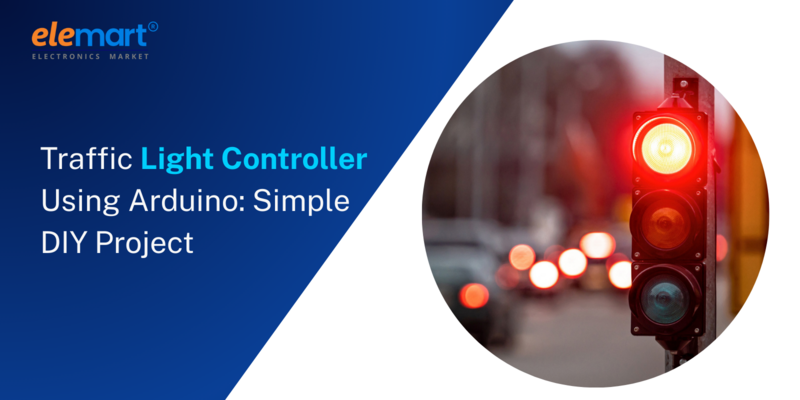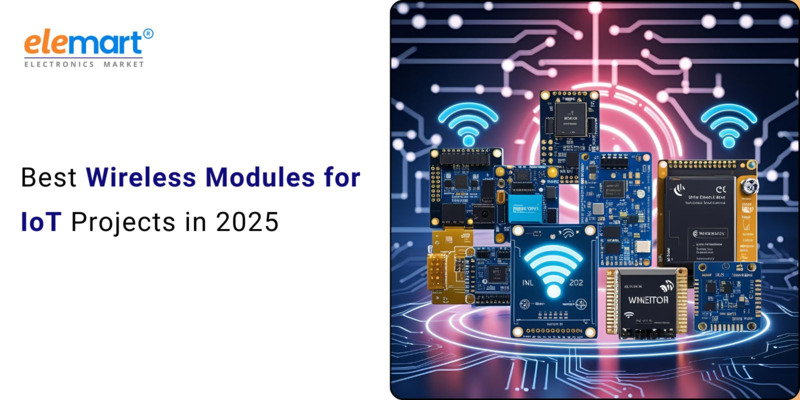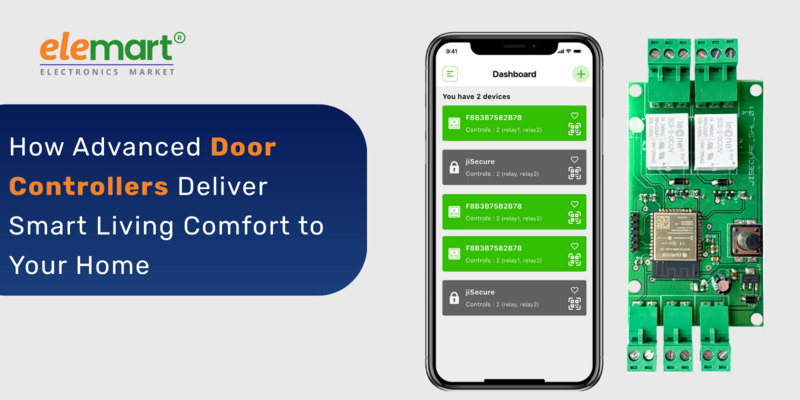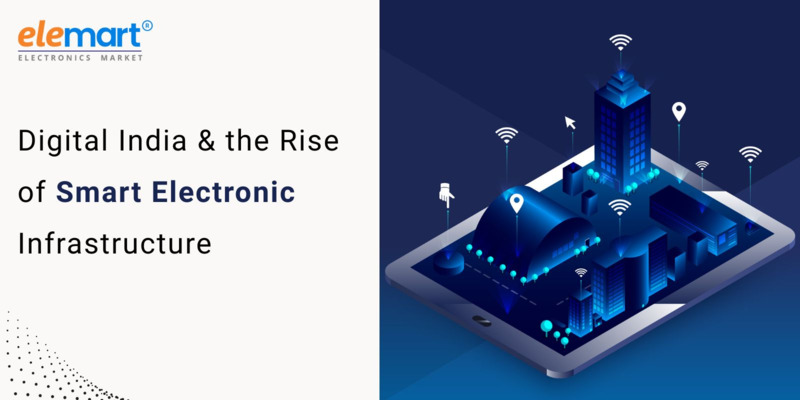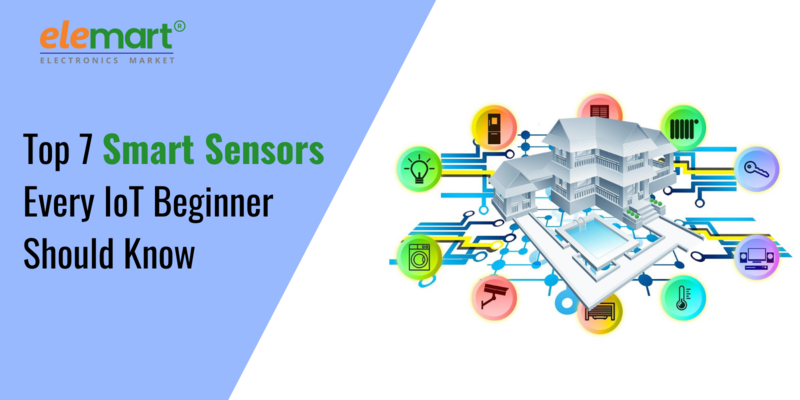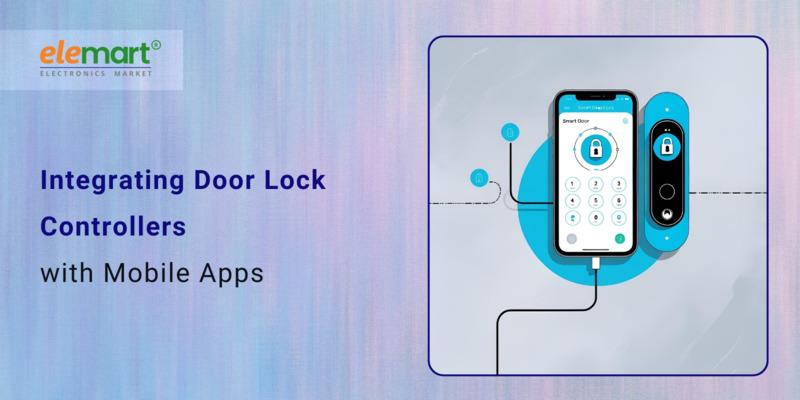- Jul 03, 2025
Share this post on:
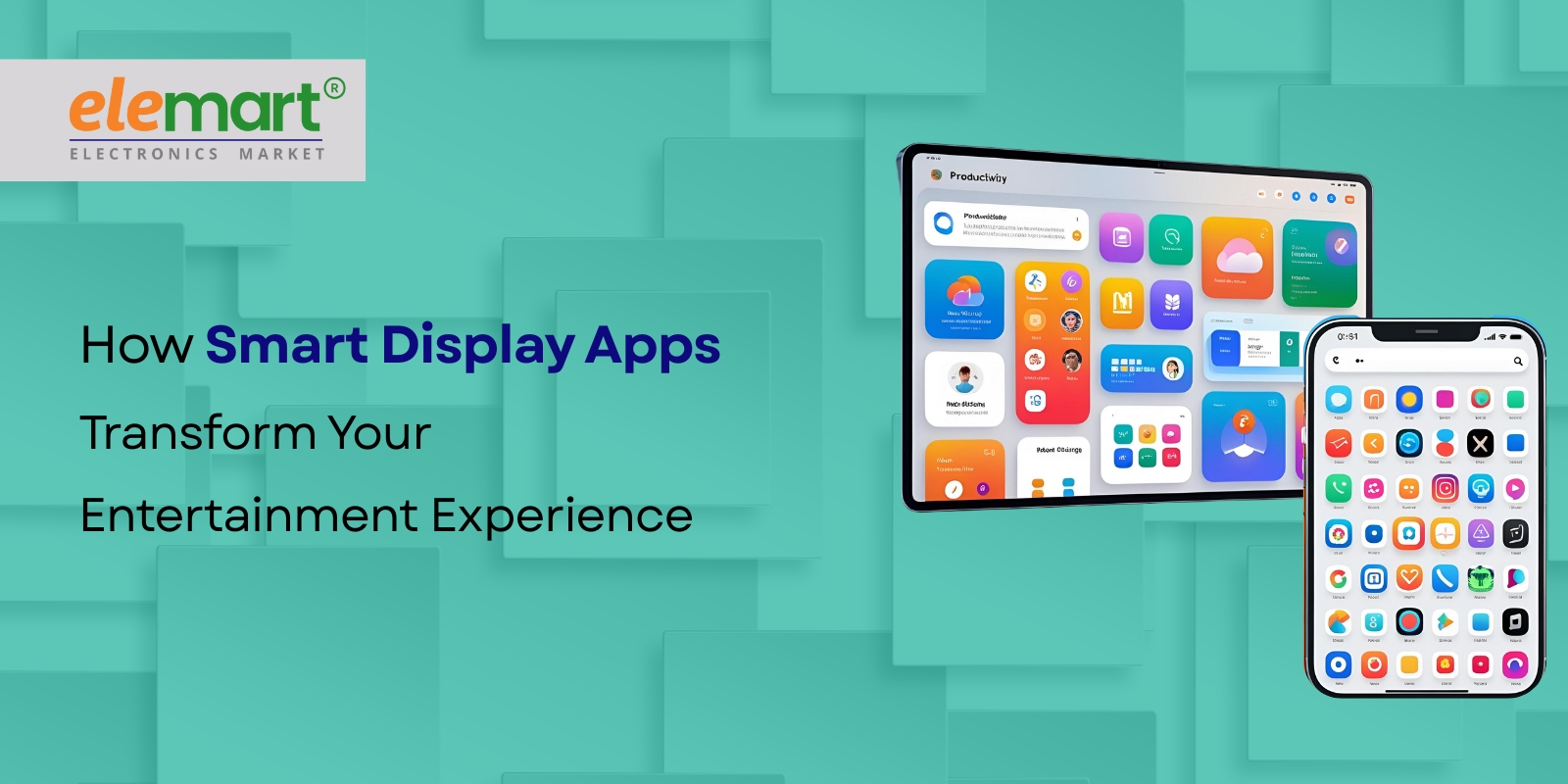
For years, smart speakers have been the darlings of the connected home. But while voice commands for music and weather reports were a novelty, the real entertainment revolution is unfolding on smart displays. These devices – think Google Nest Hub, Amazon Echo Show, and Facebook Portal – combine the power of voice control with a visual interface, fundamentally changing how we consume and interact with entertainment. This isn’t just about seeing the weather forecast; it's about immersive video experiences, interactive games, and a whole new level of engagement. Let's dive into how these apps are transforming entertainment as we know it.
What Exactly Are Smart Display Apps?
Before we explore the transformation, let’s clarify what we’re talking about. Smart display apps aren't just individual applications like Spotify or Netflix. They're a category of applications specifically designed to leverage the unique capabilities of smart displays: voice control, visual output, touch interaction, and often, integrated cameras. These apps range from entertainment giants to smaller, niche developers, all vying for a piece of the burgeoning smart display market.
Think of it like this: a standard app on your phone might play a YouTube video. A smart display app for YouTube not only plays the video, but it might recommend content based on your viewing history, display lyrics, offer interactive subtitles, or even respond to your voice commands to fast-forward or rewind.
The Rise of Visual Entertainment: More Than Just Voice
Historically, smart speakers have been largely audio-centric. While this is still a core function, smart displays bring a visual dimension that dramatically enhances the entertainment experience.
- Video Streaming Redefined: Netflix, Hulu, Disney+, Amazon Prime Video – all have dedicated smart display apps. These aren't just scaled-down versions of their mobile or TV apps. They’re optimized for the smaller screen (typically 7-10 inches) and designed for a more casual viewing experience. Think of watching a cooking show while you prepare dinner, or catching up on news while you’re getting ready in the morning.
- Photo Albums Come Alive: Smart displays are fantastic digital photo frames. Apps like Google Photos and Amazon Photos allow you to easily display your photo albums, often with facial recognition to highlight specific people. Animated slideshows, organized by events or locations, make a personalized and engaging experience.
- Live Camera Feeds: Apps that integrate with security cameras allow you to view live feeds directly on your smart display, offering a quick and convenient way to check in on your home or pets.
Interactive Entertainment: Games, Fitness & More
The visual and touch capabilities of smart displays open up a whole new world of interactive entertainment options.
- Gaming Revolution: While complex AAA games are unlikely to make their way to smart displays anytime soon, a surprisingly robust ecosystem of casual games is emerging. These include puzzles, trivia, word games, and even simple arcade-style games. The ability to control the game with voice or touch creates a unique and often hilarious experience. Amazon’s “Blueprint” platform allows developers to easily create and distribute custom Alexa games, leading to a rapid expansion of the game library.
- Fitness and Wellness: Fitness apps are leveraging the visual aspect of smart displays to provide interactive workout routines. You can follow along with yoga instructors, view exercise demonstrations, and track your progress – all without needing a dedicated TV. Apps like Peloton (while limited in functionality compared to their dedicated hardware) have a presence on some smart displays.
- Cooking & Recipes: Smart displays are a chef's new best friend. Apps like those from Food Network and Allrecipes provide step-by-step cooking instructions with visual demonstrations and voice-controlled navigation through the recipe. You can even keep your hands clean by using voice commands to move to the next step.
- Kids' Entertainment: Dedicated apps for children, like those from PBS Kids and ABC Mouse, offer educational games, stories, and videos, often with parental controls to limit screen time and content.
Voice Control: The Intuitive Interface
While the visual elements are a major draw, the voice control remains a crucial element of the smart display entertainment experience.
- Hands-Free Navigation: Imagine watching a movie and wanting to pause it to answer a question. With a smart display, you can simply say, "Alexa, pause," instead of fumbling for a remote.
- Content Discovery: Voice commands can be used to search for specific movies, TV shows, or music. "Alexa, play the latest episode of Stranger Things" is far easier than navigating through a complex streaming interface.
- Multitasking: Voice control allows you to seamlessly switch between different entertainment apps. You can start a cooking show, then switch to a news briefing, and then return to your show – all without touching the screen.
- Personalized Recommendations: Smart displays leverage your viewing history and preferences to suggest content you might enjoy. The more you use the device, the better the recommendations become.
Key Smart Display App Ecosystems: A Look at the Players
Each major smart display platform – Amazon Alexa, Google Assistant, and Facebook Portal – has its own unique ecosystem of apps and features.
- Amazon Alexa: Amazon has the largest app ecosystem, thanks to the early adoption of Echo devices. The "Alexa Skills Store" offers a vast and diverse range of apps, from entertainment to productivity. Amazon's Blueprint platform simplifies game development for Alexa devices.
- Google Assistant: Google’s strength lies in its integration with Google services, such as YouTube, Google Play Music, and Google Photos. The Google Assistant also boasts a strong natural language understanding, making it easy to interact with apps.
- Facebook Portal: Facebook's smart displays focus heavily on video calling and social networking. While the app selection is smaller than Alexa or Google Assistant, Facebook is focusing on creating a more intimate and connected experience. Privacy concerns have, however, limited Portal’s wider adoption.
The Future of Smart Display Entertainment: What’s Next?
The smart display entertainment landscape is still evolving rapidly. Here's a glimpse of what the future might hold:
- Enhanced AI and Personalization: AI will play an even greater role in personalizing the entertainment experience. Smart displays will anticipate your needs and proactively suggest content based on your mood, time of day, and location.
- Immersive Audio and Video: Expect improvements in audio and video quality, including support for higher resolutions (4K) and spatial audio.
- Augmented Reality (AR) Integration: AR could be used to overlay digital content onto the real world, creating more immersive and interactive experiences. Imagine a recipe app that overlays cooking instructions directly onto your kitchen counter.
- Increased Privacy Controls: As concerns about privacy continue to grow, expect manufacturers to provide more granular controls over data collection and camera usage.
- More Niche Applications: We're likely to see a proliferation of niche apps catering to specific interests, such as language learning, meditation, and music production.
Conclusion: A New Era of Home Entertainment
Smart display apps are not just a passing fad; they represent a fundamental shift in how we consume and interact with entertainment. By combining voice control, visual output, and touch interaction, these devices are creating a more engaging, convenient, and personalized entertainment experience. As the technology continues to evolve, we can expect even more innovative and immersive applications to emerge, transforming the way we enjoy our leisure time. The future of home entertainment is visual, interactive, and voice-activated – and it's unfolding right before our eyes.
